Andrew Roberts
May 2011
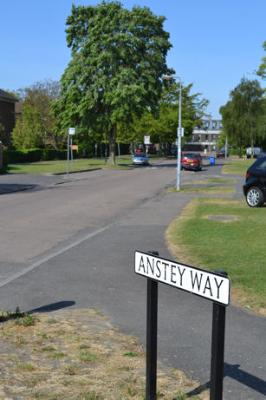
The roads that make up the Estate were named by Cambridge Council in 1946 and this is a brief note of the famous individuals whose names were adopted (Paget, Anstey, Foster and Byron). See also the introduction to The Estate.
Paget Road and Paget Close
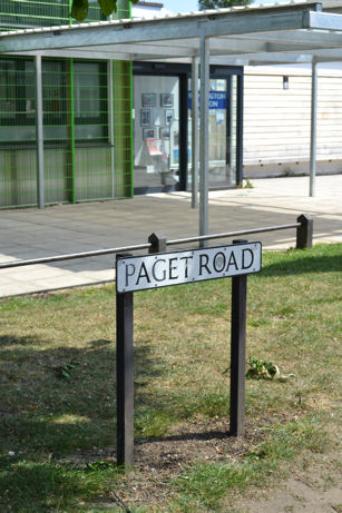
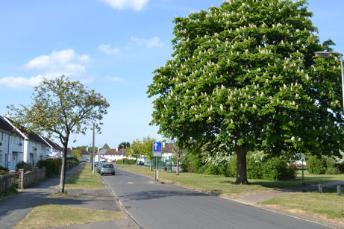
Sir George Edward Paget (1809-92) was born in Great Yarmouth in 1809, one of 17 children of Samuel Paget, a ship-owner and brewer, and Sarah Elizabeth Tolver. He was educated at Charterhouse School and Gonville & Caius College, studying medicine in Cambridge, Paris and London. He joined the staff of Addenbrooke’s Hospital as Physician in 1839. He married Clara Fardell, the daughter of the Vicar of Sutton, Ely, in 1851. With George Murray Humphry, he was intimately involved in the development of the Hospital and the Medical School.
Paget was appointed Regius Professor of Physic in 1872 and elected a Fellow of the Royal Society in 1873. He introduced the practice of bedside examinations in clinical medicine, the first time this had been a standard approach. He retired from his position as Physician at Addenbrooke’s in 1884 after 45 years in the post.
He established the Natural Science Tripos in the University. The emergence of Cambridge as a leading centre in the natural and medical sciences owes much to his efforts. However, he was a conservative influence within the University and its Senate, arguing against the abolition of university tests and the admission of women. He was made a Knight Commander of the Bath in 1885.
Sources:
Arthur Rook, Margaret Carlton and W. Graham Cannon (1991). The History of Addenbrooke’s Hospital . Cambridge: CUP. Pages 101-03, 105-09.
Mark W. Weatherall (2009). ‘Paget, Sir George Edward (1809-1892)’, Oxford Dictionary of National Biography
Anstey Way
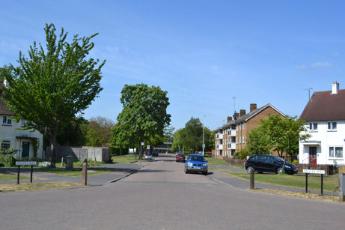
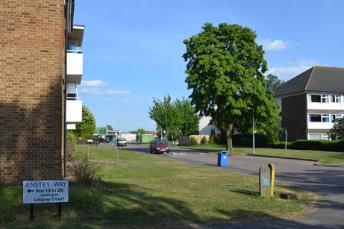
The manor known as Anstey Hall was acquired by Dr Christopher Anstey in 1748 after he and his wife, Mary, contested the will of her father, Anthony Thompson. The estate remained in the Anstey family until 1838, when it was sold to Ebenezer Foster, who retained the name of the hall. The most famous member of the family was Dr Christopher Anstey’s son, also Christopher, who was born in Trumpington in 1724 and was the author of the allegedly humorous New Bath Guide . He lived in Bath from around 1770 to his death in 1805.
Sources:
Robert James Merrett (2009). ‘Anstey, Christopher (1724-1805)’, Oxford Dictionary of National Biography , Oxford University Press.
The Victoria History of the Counties of England (1982). A History of Cambridgeshire and the Isle of Ely, Volume VIII. Armingford and Thriplow Hundreds. Trumpington.
Foster Road
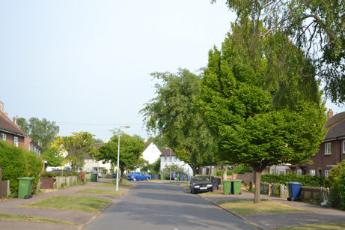
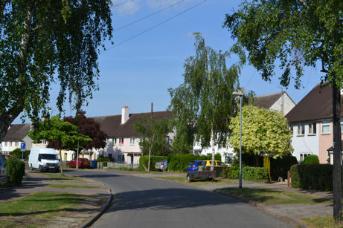
Ebenezer Foster was a Cambridge banker who purchased Anstey Hall in 1838. It remained in the Foster family until the 1940s: it was requisitioned by the government in 1941 and then sold to the government. See also Background to the name Foster Road.
Sources:
The Victoria History of the Counties of England (1982). A History of Cambridgeshire and the Isle of Ely, Volume VIII. Armingford and Thriplow Hundreds. Trumpington.
Byron Square
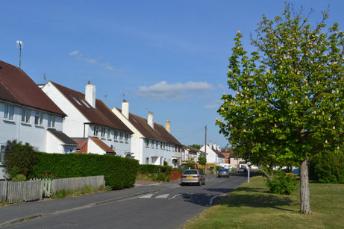
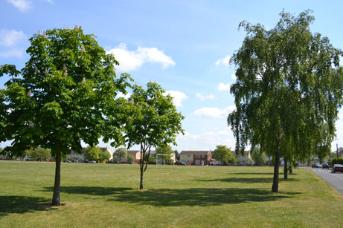
Lord George Gordon Byron (1788-1824) was an acclaimed poet. He inherited the title at the age of 10 and went up to Trinity College in 1805 at the age of 17, with rooms in the Great Court. When he was prevented from having a dog in college, he retaliated by having a tame bear which he kept in the tower above his rooms. He supposedly swam at the weir in the area now known as Byron’s Pool. His poetry was condemned by contemporary critics but was immensely popular in England and abroad.
Margaret Drabble (1985). The Oxford Companion to English Literature . Fifth edition. Oxford: University Press.
Jerome McGann (2009). ‘Byron, George Gordon Noel, sixth Baron Byron (1788-1824)’, Oxford Dictionary of National Biography , Oxford University Press.